FONE Earnings Calculator
Enter your gaming details to see potential earnings.
Enter your carbon offset goal to see how many FONE you'll need.
If you’ve ever wondered whether there’s a crypto that works straight from your phone without the headache of private keys or desktop wallets, you’re probably looking at FONE crypto. In this guide we’ll break down what FONE is, how it works, why it matters, and what you should watch out for before diving in.
What is FONE?
FONE (FONE) is a mobile‑only cryptocurrency designed to let anyone participate in the crypto economy through a smartphone app. Originally launched as Phoneum, the project rebranded to the Fone Network in 2023 and swapped its original token symbol for the simple “FONE”. The token lives inside a suite of games and utility apps, letting users earn, spend, and trade the coin without ever opening a traditional wallet.
Technical Foundations
When FONE first appeared, it was built on Solana, a high‑throughput blockchain known for low transaction fees. In late 2024 the team announced a migration to Binance Smart Chain (BNB). The switch aims to reduce costs further and tap into BNB’s broader DeFi ecosystem.
The token follows the ERC‑20‑like standard on BNB, meaning it can be transferred with a single click inside the app. Because the network interaction happens behind the scenes, users never see a cryptographic address or seed phrase - the app handles key management automatically.
Ecosystem & Apps
FONE’s biggest selling point is its app portfolio. As of October 2025 the network powers three core games and utilities, collectively boasting over 5.4 million downloads and more than 3.1 million active users. The flagship titles include:
- FONE Galaxy - a space‑exploration game where players mine virtual resources and convert them to FONE.
- FONE Tennis - a casual sports game that rewards match wins with token payouts.
- FONE Carbon - an app that lets users offset personal carbon footprints by spending FONE on verified projects.
All three maintain an average rating of 4.38/5, indicating solid user satisfaction. The platform also supports NFT marketplaces, letting players buy, sell, or trade in‑game assets directly with the token.
Market Performance
FONE’s price has been volatile but shows a clear upward trend over the past two years. On September 26, 2025 it traded at roughly $0.00002090, barely changed from the previous year’s $0.00002092. Compared with September 2023 ($0.000008115) the token posted a 157.53% gain, despite a steep 86% dip between September 2022 and 2023.
Liquidity is modest; daily volume hovers around $408 on ProBit Global. The exchange provides a professional trading interface but limits broader market reach, as FONE isn’t listed on giants like Binance or Coinbase.

Token Utility
Beyond simple value transfer, FONE powers three core use cases:
- Gaming rewards - players earn tokens for completing levels or winning matches.
- NFT transactions - the token is the native currency for buying and selling in‑game NFTs.
- Carbon offsetting - each token burned in the FONE Carbon app funds verified environmental projects.
These utilities aim to create genuine demand, moving the token away from pure speculation. The environmental angle also aligns with growing regulator and consumer pressure for greener blockchain solutions.
Migration from Solana to Binance Smart Chain
The switch to BNB was announced in Q3 2024 and completed by early 2025. Reasons cited by the team include:
- Lower transaction fees - BNB’s average gas cost is under $0.001, compared with Solana’s variable rates.
- Access to DeFi protocols - the BNB ecosystem offers staking, liquidity pools, and yield farms that could be integrated into future FONE features.
- Developer familiarity - many mobile developers already use the BNB SDK, shortening the learning curve for new app updates.
The migration required a snapshot of all user balances, a token swap on the new contract, and coordinated updates across the three apps. The process was smooth for most users, but a small minority reported temporary loss of access, underscoring the importance of careful wallet migration.
Competitors & Positioning
FONE sits in the niche of mobile‑first cryptocurrencies. Its closest rivals are projects like:
- Phoneum (pre‑rebrand version)
- MonaCoin - a Japanese mobile‑centric coin
- Bee Protocol - a web‑3 gaming token with a mobile SDK
What sets FONE apart is its integrated carbon‑offset feature and the sheer scale of its user base (over 3 million active participants). However, the reliance on proprietary apps means power users miss out on features like hardware wallets, multi‑signature support, or advanced DeFi strategies available on open‑source blockchains.
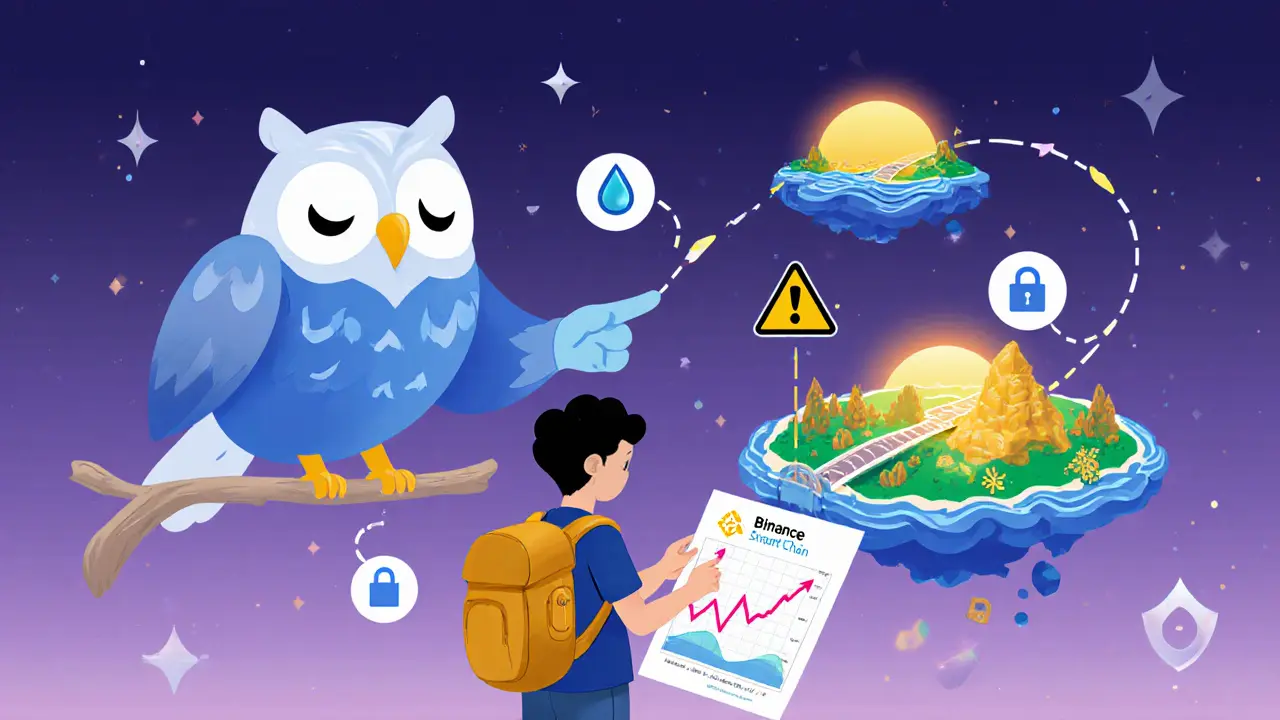
Risks & Considerations
Before you allocate any money to FONE, keep these points in mind:
- Liquidity constraints - modest daily volume can cause price slippage on larger trades.
- App dependency - losing access to the FONE app (e.g., device loss) could lock up your tokens unless you’ve backed up the recovery phrase provided by the app.
- Regulatory exposure - mobile‑only tokens sit in a gray area; future KYC/AML rules could affect availability on certain exchanges.
- Migration uncertainty - future chain moves (e.g., to another layer‑2) could bring technical hiccups.
Quick Checklist for New Users
- Download the official FONE app from Google Play or the Apple App Store.
- Complete the optional KYC if you plan to trade on ProBit Global.
- Secure the recovery phrase the app generates - treat it like a private key.
- Start by playing FONE Galaxy or FONE Tennis to earn tokens without buying.
- If you wish to purchase, use a reputable exchange, then transfer to the app via the built‑in wallet.
Frequently Asked Questions
Is FONE a separate blockchain?
No. FONE is a token that runs on existing blockchains - initially Solana, now Binance Smart Chain. The underlying network handles consensus, while the FONE app provides the user interface.
Can I use FONE on any wallet?
Currently the token is only accessible through the official FONE mobile apps. Third‑party wallets can import the BNB contract address, but the ecosystem features (gaming rewards, carbon offset) are locked behind the app.
How does the carbon‑offset feature work?
Each token burned in the FONE Carbon app is routed to a partnered verification service that funds projects like reforestation or renewable energy. Users receive a receipt showing the offset amount.
Is FONE a good long‑term investment?
Investment suitability depends on your risk tolerance. The token’s real utility within games and carbon projects offers some intrinsic demand, but limited exchange listings and reliance on a single app introduce notable risk.
Where can I trade FONE?
The primary market is the ProBit Global exchange. Occasionally it appears on smaller DEXs on BNB, but liquidity remains limited.
Comparison: Mobile‑Only Tokens vs Traditional Cryptos
| Aspect | Mobile‑Only Tokens | Traditional Cryptocurrencies |
|---|---|---|
| Access Method | Smartphone app only, no private‑key handling required | Desktop wallets, hardware wallets, web interfaces |
| Utility Focus | Gaming rewards, NFT marketplaces, carbon offsets | Store of value, decentralized finance, smart contracts |
| Liquidity | Typically low to moderate; few exchange listings | High; listed on most major exchanges |
| Regulatory Exposure | Depends on app provider’s KYC/AML policies | Widely regulated, but also subject to global scrutiny |
| Technical Complexity for Users | Minimal - tap‑to‑play | Higher - seed phrases, gas fees, transaction nonce management |
Understanding these distinctions helps you decide whether FONE’s convenience outweighs the trade‑offs in liquidity and flexibility.

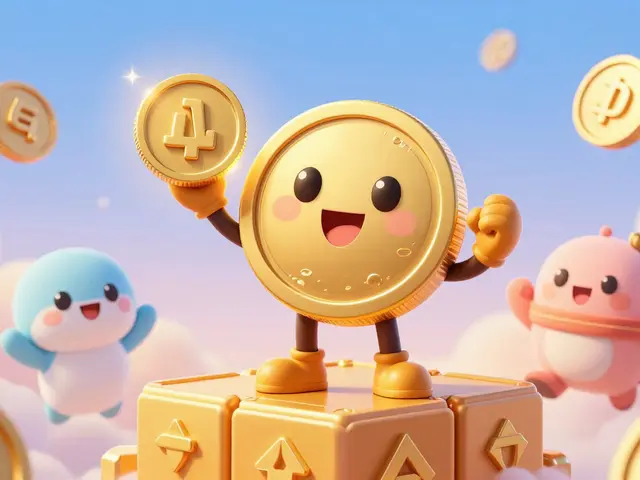
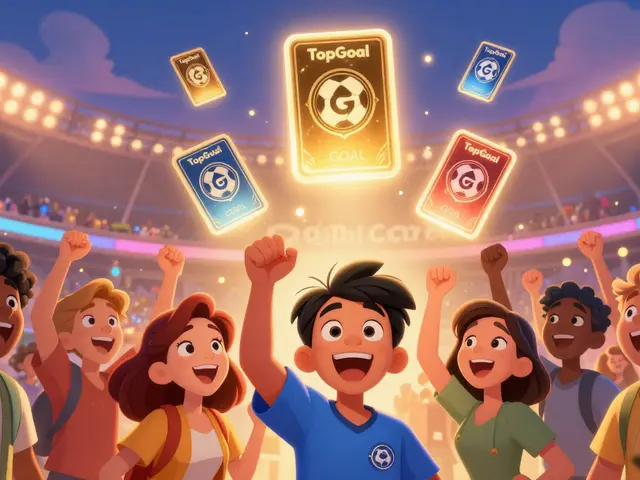
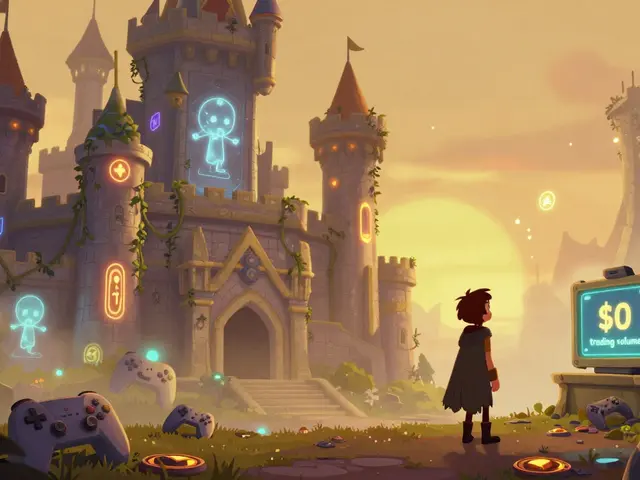
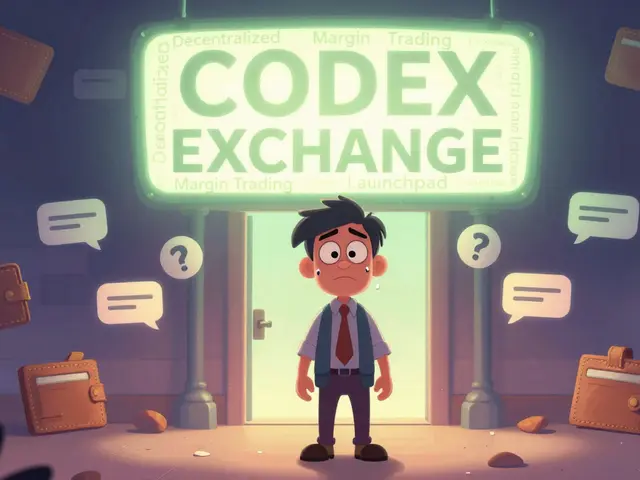
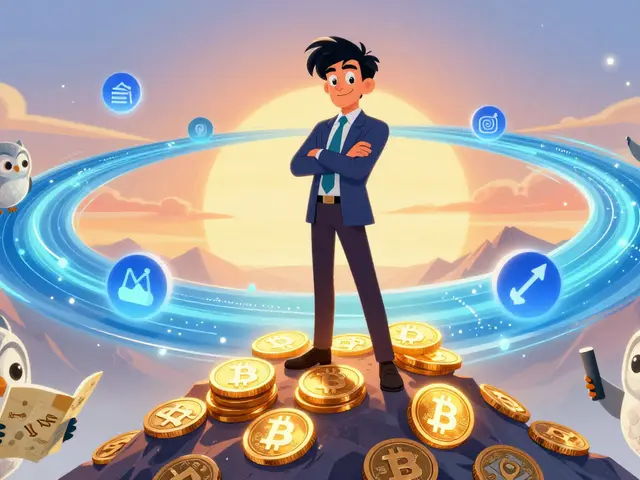
Marina Campenni
I've read through the guide and it does a solid job of laying out what FONE aims to be. The explanation of the app‑centric approach feels especially helpful for newcomers who are wary of private keys. It’s good to see the risks clearly called out, too.
Irish Mae Lariosa
While the overview is thorough, it unfortunately glosses over several critical technical shortcomings that any serious investor must consider. First, the migration from Solana to BNB, although marketed as a cost‑saving measure, introduces a layer of complexity that the average mobile user may not fully comprehend. Second, the reliance on a proprietary app means that users surrender control of their private keys, effectively delegating custody to a single point of failure. Third, the token’s liquidity remains painfully thin, with daily volume scarcely surpassing four hundred dollars, which inevitably leads to severe slippage on any non‑trivial trade. Fourth, the carbon‑offset initiative, while commendable in principle, lacks transparent auditing, raising doubts about the actual environmental impact of burned tokens. Fifth, the absence of listings on major exchanges such as Binance or Coinbase severely limits exposure to broader market dynamics. Sixth, the game's reward structure incentivizes continual play rather than genuine economic utility, which may inflate token velocity artificially. Seventh, the token contract, being ERC‑20‑like on BNB, is still subject to the broader network’s congestion and fee spikes during peak periods. Eighth, the documentation offers no clear roadmap for future integrations with DeFi protocols beyond vague promises. Ninth, the team’s communication channels have been sporadic, making it difficult to gauge ongoing development health. Tenth, the app’s recovery phrase mechanism, while presented as a safety net, has been reported by a minority of users to be cumbersome to back up correctly. Eleventh, the in‑app NFT marketplace operates on a closed economy, limiting the potential for cross‑platform asset liquidity. Twelfth, the token’s historical price chart shows a volatile swing that could deter risk‑averse participants. Thirteenth, the reliance on a single developer team concentrates operational risk, especially in the face of regulatory scrutiny. Fourteenth, there is no clear legal jurisdiction disclosed, which could complicate compliance for users in certain countries. Finally, despite the enthusiastic marketing, the fundamental value proposition remains narrowly tied to gaming, which may not sustain long‑term adoption outside that niche.
Nick O'Connor
Interesting read, and I appreciate the effort put into breaking down FONE’s ecosystem, especially the clear sections on token utility, market performance, and migration details; however, one should also keep in mind that the app‑centric model, while convenient, does come with trade‑offs, such as limited control over private keys and potential centralization risks.
Devi Jaga
Oh sure, because we all love buying another “mobile‑only” token that promises carbon offsets while secretly locking us into a black‑box ecosystem-sounds like the next big thing in #DeFi, if “DeFi” now means “depend exclusively on a single app” and “greenwashing” is part of the pitch.
Matthew Theuma
Reading this makes me think about how tech keeps trying to make complex finance feel as simple as scrolling through a feed 😊. The idea of earning while you play is not new, but packaging it in a phone‑first model does raise questions about where true ownership lies. Maybe the future is less about decentralisation and more about seamless user experience, even if that means surrending a bit of control. Still, pretty neat how they tie gaming with carbon offsets, kinda like a digital karma system 🌱.
Carolyn Pritchett
Honestly, the whole FONE hype train is just another gimmick to lure clueless gamers into a low‑liquidity token that will probably tank as soon as the next meme coin drops. The so‑called “carbon offset” is nothing more than a marketing ploy, and the app’s closed ecosystem guarantees that users are stuck with whatever the developers decide. Save your money and look for real projects with transparent roadmaps.
Miguel Terán
The concept of integrating gaming, NFTs, and environmental impact into a single mobile token is undeniably ambitious, and it reflects a broader trend where developers seek to blend entertainment with purpose‑driven economics. By offering users the chance to earn while they play, FONE attempts to lower the entry barrier that has historically kept many potential participants away from crypto altogether. This approach could democratise access, especially in regions where smartphones are more common than high‑end computers. Moreover, the carbon‑offset feature adds a layer of social responsibility that, if implemented transparently, might attract environmentally conscious users. However, the reliance on a proprietary app raises concerns about centralisation, as users effectively hand over custody of their assets to a single point of failure. The migration from Solana to BNB also suggests a willingness to chase lower fees, yet it introduces additional technical risk that may affect token stability. In the end, whether FONE becomes a sustainable ecosystem or a fleeting novelty will hinge on its ability to deliver real utility beyond the games themselves.
Hailey M.
Wow, so we basically have a toddler’s toy that pretends to save the planet 🌍-how original! I mean, who wouldn’t trust a token that lives inside a phone game and “burns” itself for carbon credits? It’s like buying a unicorn and hoping it sprinkles magic dust on your carbon footprint. 🙄
Chris Morano
It's refreshing to see a project that tries to make crypto approachable for everyday phone users while also thinking about the environment.
Katharine Sipio
Indeed, the initiative demonstrates a commendable effort to combine entertainment with ecological awareness, and it may serve as a valuable model for future applications seeking to balance user engagement with sustainable practices.
Shikhar Shukla
While the presentation is polished, one must critically assess the underlying governance structure, as the absence of disclosed regulatory jurisdiction raises substantive concerns regarding compliance and investor protection.
Jason Zila
Could the development team provide clearer timelines for upcoming DeFi integrations, and what measures will be taken to ensure that liquidity improves as user adoption grows?
Schuyler Whetstone
Look, this whole thing smacks of another get‑rich‑quick scheme that pretends to care about the planet while actually just lining the devs’ pockets.
David Moss
Sure, because every token that claims to be “green” is automatically approved by the shadowy cabal that controls the crypto market, right?? The fact that they keep moving chains only proves they’re hiding something.
Pierce O'Donnell
Honestly, I doubt FONE will ever break out of its niche.